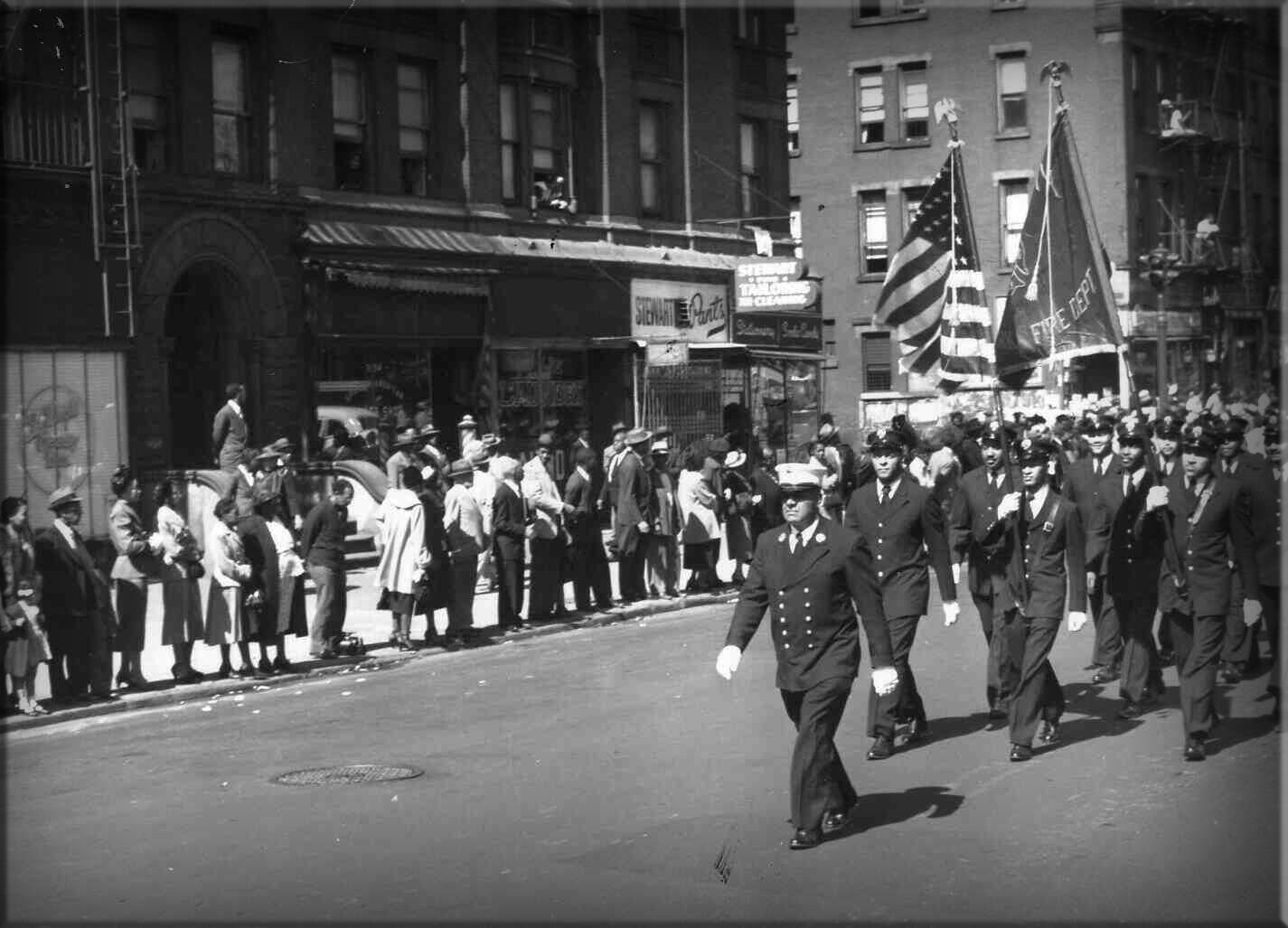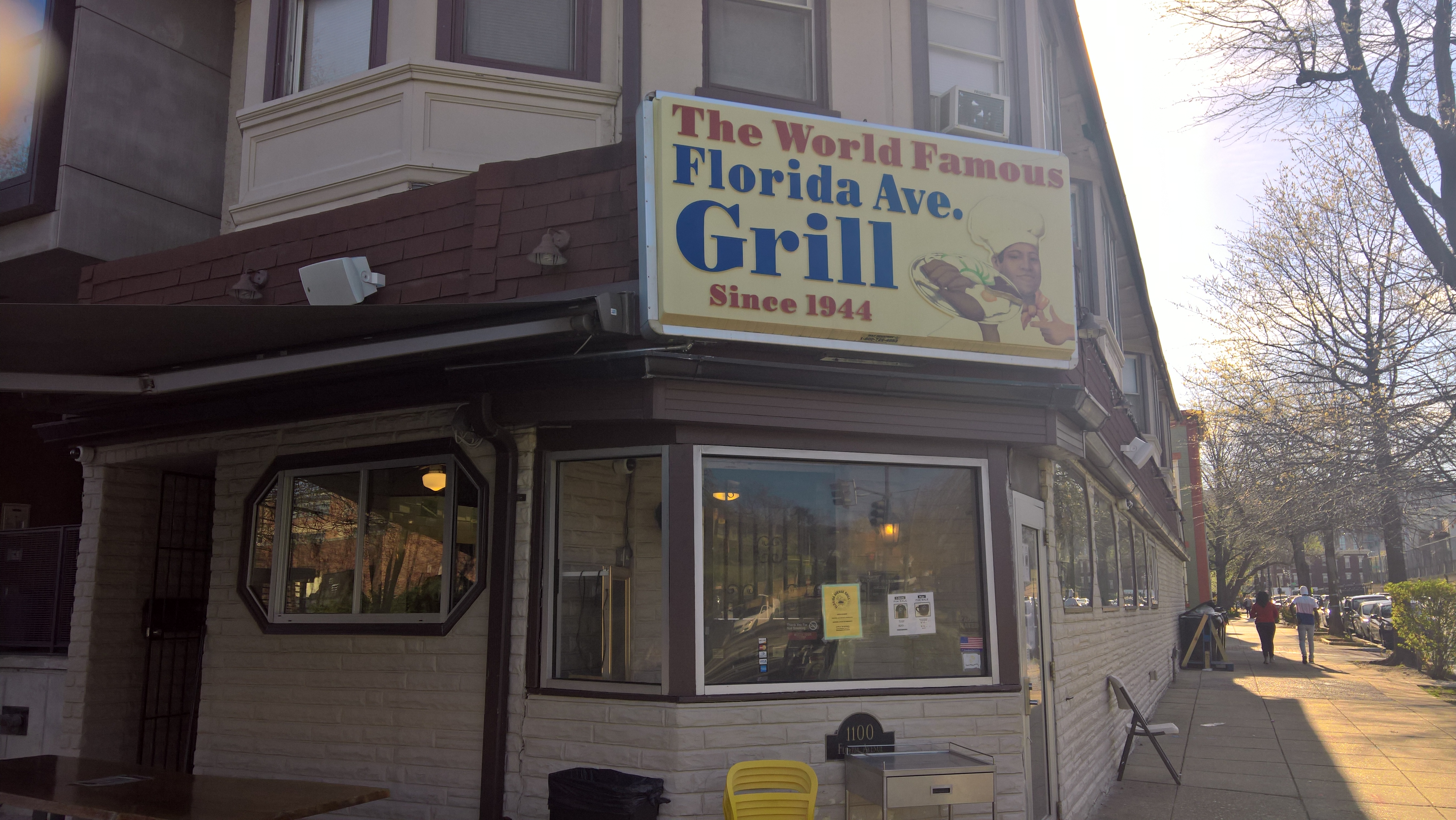Harlem 1969 (Walt Wolfram Recordings)

The Harlem 1969 recordings were made by a research team led by Walt Wolfram. The research questions focused on expanding the descriptive accounts of a range of social dialects in the US. From a theoretical point of view, this research study analyzed the relationship between language contact, bilingualism, and sociolinguistic variables that had been well-studied in other northern Black communities. And, like his prior collaborative work in Detroit and Washington DC, Wolfram et al. (1971:2) ultimately had an applied viewpoint: "We need to know how the various social dialects in the United States are structured if we are going to base our educational strategies on sound descriptive facts."
The sociolinguistic interviews were conducted in August 1969 at a summer camp in Lake Champion, New York. Participants were interviewed by either Walt Wolfram, Ralph Fasold, or Roger W. Shuy.
This sample, called Harlem Sounds, focuses on the particular line of questions about ritualistic language in the community, particularly sounding, which "involves insulting someone's mother, although other relatives might also be mentioned (e.g., grandmother, father, uncle). The presuppositions under which the activity is conducted are shared by the participants, namely, that the insult is not literally true. The proper cultural response to a ritualistic insult is another ritualistic insult" Wolfram (1974:258).
Harlem Sounds comes from The Walt Wolfram Papers 1971-1998 special collection at North Carolina State University. The original tape was digitized by Brooke Wallig at North Carolina State University in January 2016. The tape reel, a Scotch magnetic tape 150 extra length, was not separated into tracks, and contained 20 excerpts, totalling 45.3 minutes (~7700 words).
Charlie Farrington transcribed and prepared the excerpts for upload.
Table 1. Demographic information by file name, including age, ethnicity, borough, region within Borough (see figure 1). Race of peer contacts was taken directly from interview report forms.
| File name | Age | Ethnicty | NYC Borough | Region | Interviewer | Race of Peer Contacts |
|---|---|---|---|---|---|---|
| 16 | ||||||
| 15 | ||||||
| 15 | ||||||
| 17 | ||||||
| 14 | ||||||
| 15 | ||||||
| 19 | ||||||
| 16 | ||||||
| 15 | ||||||
| 17 | ||||||
| 14 | ||||||
| 15 | ||||||
| 16 | ||||||
| 16 | ||||||
| 13 | ||||||
| 17 | ||||||
| 14 | ||||||
| 14 | ||||||
| 14 | ||||||
| 17 |
a From North Carolina, only one year in NYC
Figure 1. Geographical location of informants (from Wolfram 1974:14)
[[{"fid":"205","view_mode":"default","fields":{"format":"default","alignment":"","field_file_image_alt_text[und][0][value]":"Map of Harlem and the Bronx, highlighting seven geographic locations where informants are from","field_file_image_title_text[und][0][value]":"Geographical location of informants from Wolfram 1974"},"link_text":null,"type":"media","field_deltas":{"1":{"format":"default","alignment":"","field_file_image_alt_text[und][0][value]":"Map of Harlem and the Bronx, highlighting seven geographic locations where informants are from","field_file_image_title_text[und][0][value]":"Geographical location of informants from Wolfram 1974"}},"attributes":{"alt":"Map of Harlem and the Bronx, highlighting seven geographic locations where informants are from","title":"Geographical location of informants from Wolfram 1974","height":877,"width":688,"class":"media-element file-default","data-delta":"1"}}]]
Citation
If you use these recordings, we ask that you cite the following:
Kendall, Tyler and Charlie Farrington. 2023. The Corpus of Regional African American Language. Version 2023.06. Eugene, OR: The Online Resources for African American Language Project. [https://doi.org/10.7264/1ad5-6t35].
Wolfram, Walt. 1974. Sociolinguistic Aspects of Assimilation. Arlington, VA: Center for Applied Linguistics. <https://eric.ed.gov/?id=ED091933>.

